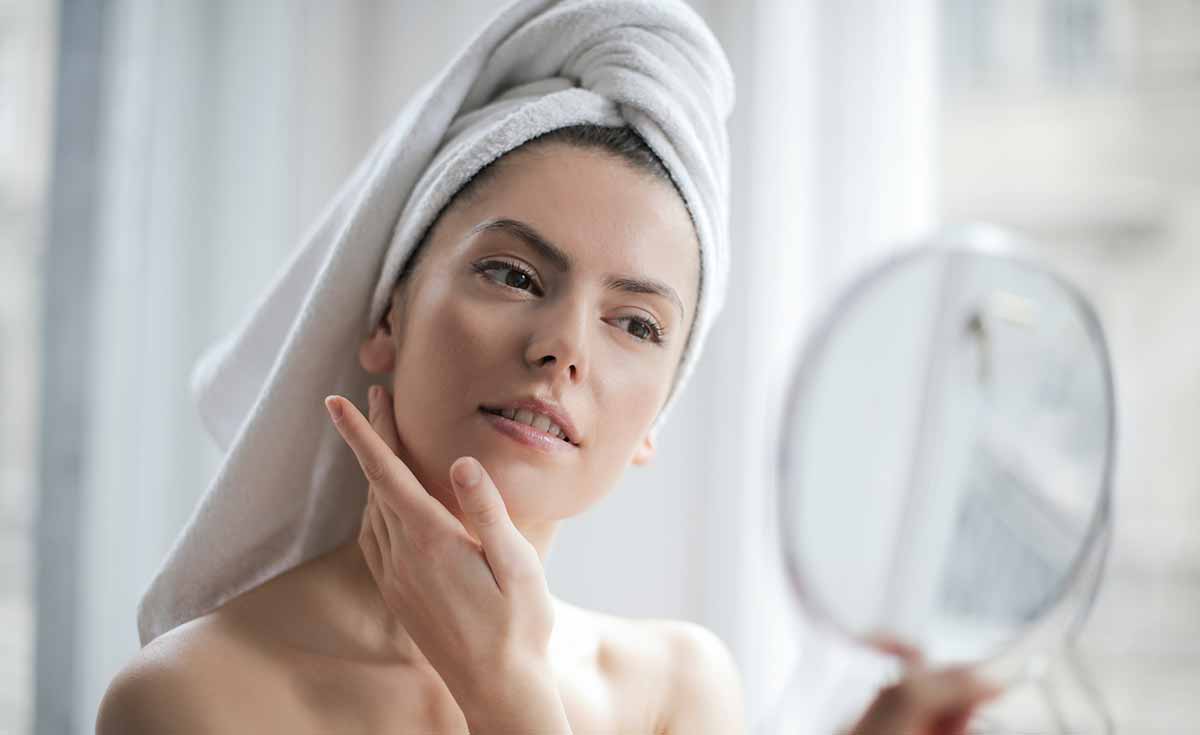 Hyaluronic Acid: Everything You Need to Know Before Using It. Photo: pexels
Hyaluronic Acid: Everything You Need to Know Before Using It. Photo: pexels
The current favorite, hyaluronic acid, is not only present in beauty product formulas but also in our own bodies, where it hydrates and fills spaces between cells.
+ Musa undergoes bioplasty to thicken her legs and showcases the results in a video
+ Is laser liposuction safer? Expert pioneering in the technique explains
While it’s present in the human body, the production of this component gradually decreases from around 25 years of age. Hence, using cosmetics and fillers helps prevent the appearance of wrinkles, sagging skin, and other signs of premature aging, as explained by Joyce Rodrigues, a biochemist and president of Mezzo Dermocosmetics specializing in cosmetology.
Here’s everything you need to know about this topic:
Cosmetics aren’t enough to maintain youthful skin
Hyaluronic acid is found in various cosmetic product formulas in the market, but it’s crucial to pay attention to its usage. According to plastic surgeon Meliza Moutinho, cosmetics act superficially as moisturizers but are unable to maintain skin youthfulness as they lack the function to provide volume.
For those looking to prevent aging, it’s ideal to maintain a routine of skincare combined with other aesthetic treatments. “There’s no miracle, just consistency, prevention, and comprehensive care. What influences skin quality is combining professional aesthetic treatment with home care through both topical and oral use following a specialist’s guidance, alongside good nutrition, adequate hydration, and restful nights,” elucidates Joyce Rodrigues.
Facial Harmonization
Facial harmonization is one of the most sought-after techniques involving hyaluronic acid, aiming to add volume and emphasize facial contours. Women often seek treatments for lips, dark circles under the eyes, nasolabial folds, chin, jawline, nose, and cheekbones.
Caution and Contraindications in Usage
Seeking qualified professionals and adhering to a specialist’s recommendations are the initial steps to embark on more invasive treatments like injections, which if administered incorrectly, can cause vascular damage. Moreover, according to Meliza Moutinho, usage is contraindicated for patients with autoimmune diseases.
Hyaluronic Acid vs. Botox
While botulinum toxin, commonly known as Botox, is also used to prevent aging through applications, the substance differs significantly from hyaluronic acid.
“Botulinum toxin is more suited to address the expression in the upper third of the face; it works by paralyzing muscles to avoid contraction in the area, forming and treating dynamic and static wrinkles, that is, it’s used to correct muscles. Hyaluronic acid, on the other hand, moisturizes, stimulates collagen, replenishes volume in specific facial areas, reduces deep folds, and prevents signs of aging,” highlights biochemist Joyce Rodrigues.
Present in Some Foods
Experts highlight that foods rich in vitamin C and amino acids are good allies for hyaluronic acid production, much like collagen. Hence, it’s a good idea to include in your diet items such as oranges, kiwi, red peppers, kale, and broccoli.
Differs from Collagen
It shouldn’t be confused with collagen as they merely complement each other as beauty allies. “Hyaluronic acid is a biopolymer, whose primary functions are to hydrate and provide volume. Collagen is an important protein in the extracellular matrix, and one of its primary purposes is to give the skin firm consistency,” explains plastic surgeon Meliza Moutinho.

